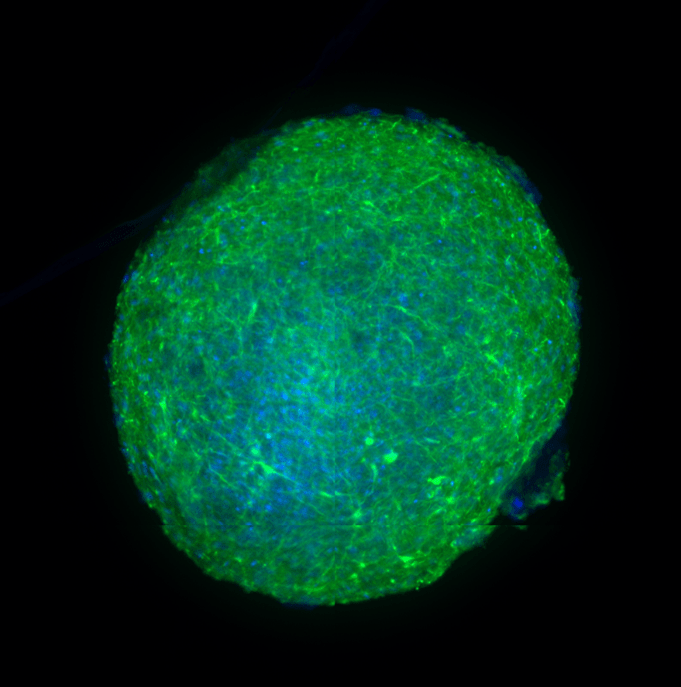 Are you struggling to achieve the optimal 3D cell culture model? You are not alone in this, as many cell lines present unique challenges to successful spheroid formation. Culturing cells in three-dimensional (3D) environments is crucial for mimicking physiological conditions and studying cell behavior more accurately than traditional two-dimensional (2D) cultures; therefore, there is a push to better understand the 3D in vitro landscape. Let’s explore some of the cell lines that are often difficult to culture in 3D and the reasons behind their challenges:
Are you struggling to achieve the optimal 3D cell culture model? You are not alone in this, as many cell lines present unique challenges to successful spheroid formation. Culturing cells in three-dimensional (3D) environments is crucial for mimicking physiological conditions and studying cell behavior more accurately than traditional two-dimensional (2D) cultures; therefore, there is a push to better understand the 3D in vitro landscape. Let’s explore some of the cell lines that are often difficult to culture in 3D and the reasons behind their challenges:
Difficult Cell Lines
- Primary Cells: Primary cells are directly isolated from tissues and have a limited lifespan in culture. They often struggle to maintain their functionality and viability in 3D systems over extended periods due to the absence of necessary growth factors and extracellular matrix components present in their natural microenvironment.
- Stem Cells: Stem cells require specific niche factors and signaling cues for self-renewal and differentiation. Transitioning them to 3D culture systems can disrupt these critical signals, leading to altered differentiation potentials and reduced cell viability.
- Slow-Growing Cells: Cells with inherently slow growth rates might face difficulties in forming spheroids or other 3D structures within a reasonable timeframe. These cells could struggle to establish proper cell-cell interactions and develop the necessary microenvironment for survival and growth.
- Highly Adherent Cells: Cell lines that are tightly adherent to surfaces in 2D conditions might encounter challenges detaching and forming spheroids or aggregates in 3D cultures. Maintaining cell-cell contacts in a 3D environment without compromising viability can be complex for these cell types.
- Cell Lines with Complex Signaling Requirements: Some cell lines rely heavily on intricate signaling pathways and interactions with surrounding cells and the extracellular matrix. Transferring them to 3D systems could disrupt these pathways, resulting in altered cell behavior and limited growth.
- Oxygen and Nutrient Sensitivity: Certain cells are sensitive to oxygen and nutrient gradients that form within larger 3D structures. The limited diffusion of essential molecules in the interior of spheroids or organoids can lead to cell death and reduced growth.
- Immortalized Cells: Immortalized cell lines often exhibit genetic mutations that enable continuous proliferation. These mutations might interfere with the cell’s ability to respond to the cues provided by 3D culture systems, affecting their growth and behavior.
- Cell Lines with Complex Architecture: Cells that have complex architectures in vivo, such as neurons with long projections, might not recapitulate their natural morphology and functionality well in 3D systems. This can limit their utility in studying intricate cellular processes.
- Tumor Cell Lines: While some tumor cell lines can form spheroids, their behavior in 3D culture might not accurately represent their behavior in vivo due to the lack of immune cells, stromal cells, and other components of the tumor microenvironment.
- Cell Lines with Specialized Requirements: Some cell lines have unique growth requirements that are difficult to replicate in 3D culture systems. This could include specific growth factors, hormones, or culture conditions that are hard to mimic in vitro.
Researchers are continually working to optimize 3D culture conditions and develop techniques that address these challenges, enabling a broader range of cell lines to be cultured in more physiologically relevant environments.
We Can Help
If you are facing challenges in developing your 3D cell culture model, allow us to help! Visikol has a broad range of experience and expertise in 3D assay development and optimization. Reach out today to chat with our team of experts.
